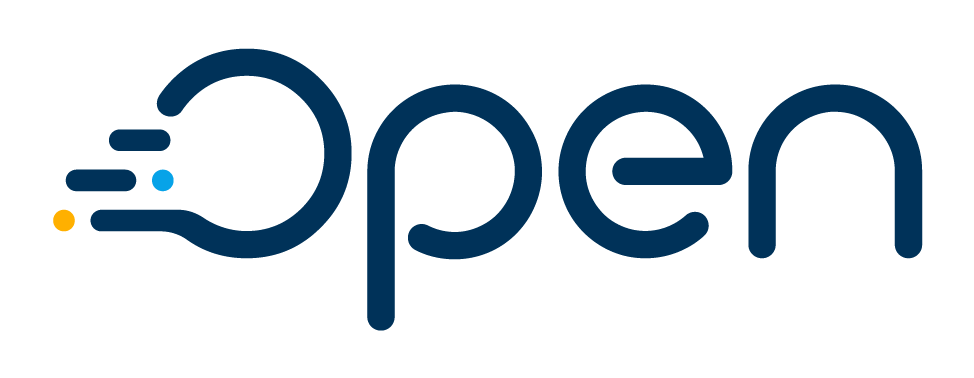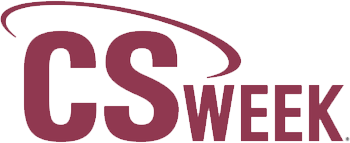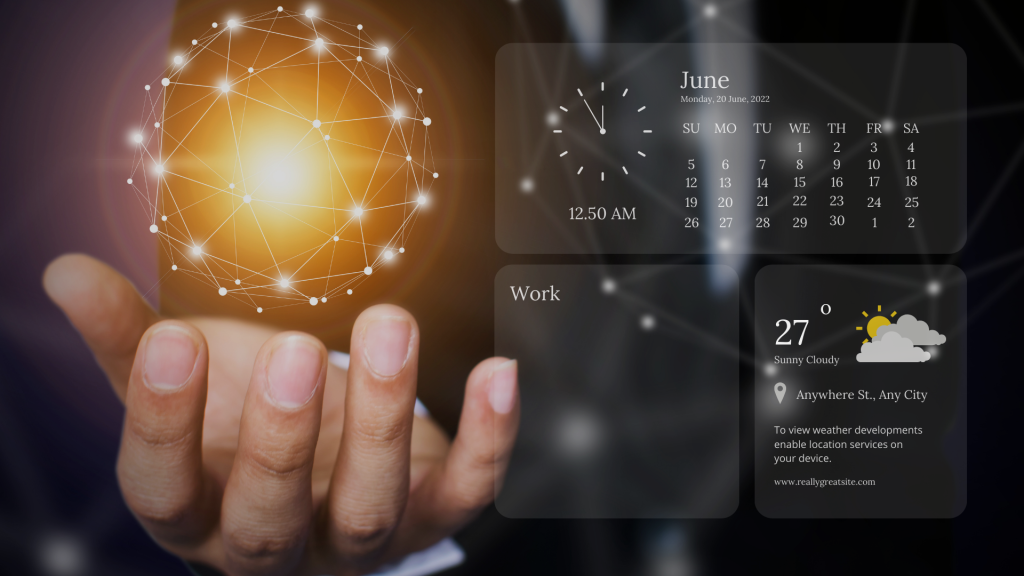Choosing the right methodology to carry out a project implementation is a high-impact decision that affects business goals, response times, and the real value provided to the customer through the end-product. Nowadays, traditional and agile methodologies are not in line with the reality of running of successful business, making the hybrid model the best option for organizations that want to have the best of both worlds.

Project implementation methodologies are constantly evolving. This transformation is driven by the need for greater flexibility of rigid traditional processes and an adequate ability to respond to changing market conditions. The hybrid model is a combination of new agile methodologies and the traditional waterfall philosophy; it is designed to better fit the project implementation process inside companies by focusing on the continuous improvement of processes, the development of innovative products, and the creation of dynamic and collaborative business environments. By incorporating the benefits of agile with the successful practices of traditional project management, this new model offers an attractive alternative for companies looking to stay ahead in the changing world.
According to the Project Management Institute (PMI), the adoption of the hybrid model went from 20% in 2017 to 23% in 2018(1). The rise in the adoption of this model shows how important it is for modern companies to have flexible practices in order to generate high-value deliverables to meet the constantly changing needs of their customers.
The hybrid model consolidates the benefits of the two most relevant methodologies currently available:
Waterfall methodology (conventional)

Figure 1: Waterfall methodology stages
- Activity coordination. The execution of projects through stages offers a clear and organized work structure.
- Enhanced discipline. The definition of end-to-end and intra-stage activities makes it easy to achieve stability and control.
- Progress monitoring. By setting clear milestones, it is easy to monitor how the project is progressing.
Agile methodology (leading-edge)
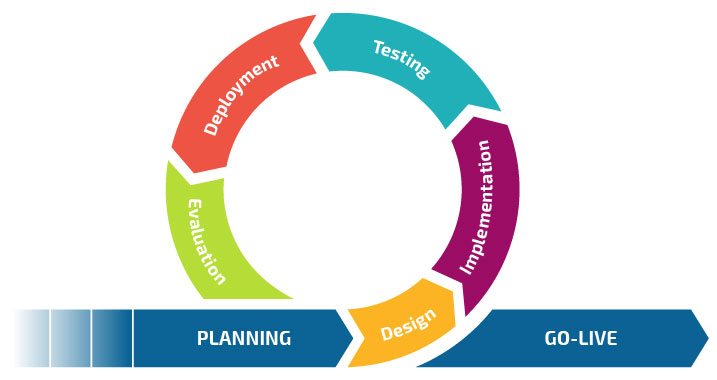
Figure 2: Agile methodology stages
- More teamwork. Teamwork is cross-functional and flexible, which generates reliability and motivation within the team while reducing delivery times.
- Adapting to changes. During the execution of the project, the changes requested by the customer can be included, increasing efficiency and productivity.
- Higher customer satisfaction. Interactions with the customer are more frequent, building trust and achieving greater control over the product.
The hybrid model as the main alternative for project implementations
Adopting a hybrid implementation methodology allows organizations to access the benefits of the agile realm while helping them to respond to customer needs and market changes. Additionally, the hybrid model leads to benefits such as:
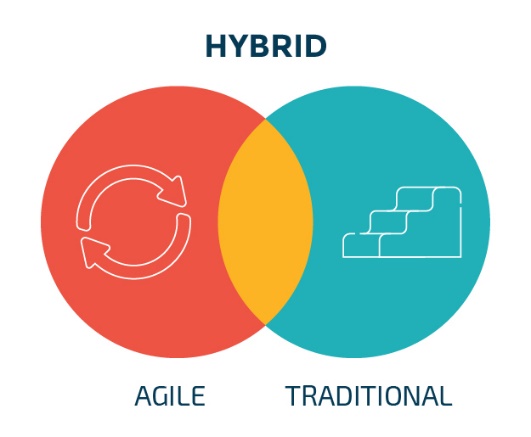
Figure 3: The Hybrid Methodology
- Easy adaptation to the needs of the project. Flexibility and the ability to adapt to changes allows companies to thrive in dynamic or challenging environments.
- More certainty. Planning is the foundation for organizing products, coordinating activities and controlling outcomes for future sprints(2).
- Risk minimization. The team constantly identifies threats and improvement opportunities thanks to frequent communication with the customer throughout the project execution. This greatly reduces the chance of the final product not meeting expectations.
The hybrid model has emerged to revolutionize the way in which companies set projects in motion, by proposing robust yet flexible practices which work to better satisfy customer needs. This vision works to create an organizational culture of continuous learning, teamwork, and adaptation to changes. With such a culture in place, innovation comes naturally, team members can more easily align their efforts, and project implementation is more successful.
Are you ready to develop hybrid methodologies into project implementations and incorporate agile processes in your company? Learn more about the Open’s implementation process.
(1) PMI PROJECT Management Institute. (2017). Success Rates Rise – Transforming the high cost of low performance. https://www.pmi.org/-/media/pmi/documents/public/pdf/learning/thought-leadership/pulse/pulse-of-the-profession-2017.pdf
(2) Sprint: iterations or cycles of continuous work in an agile environment
